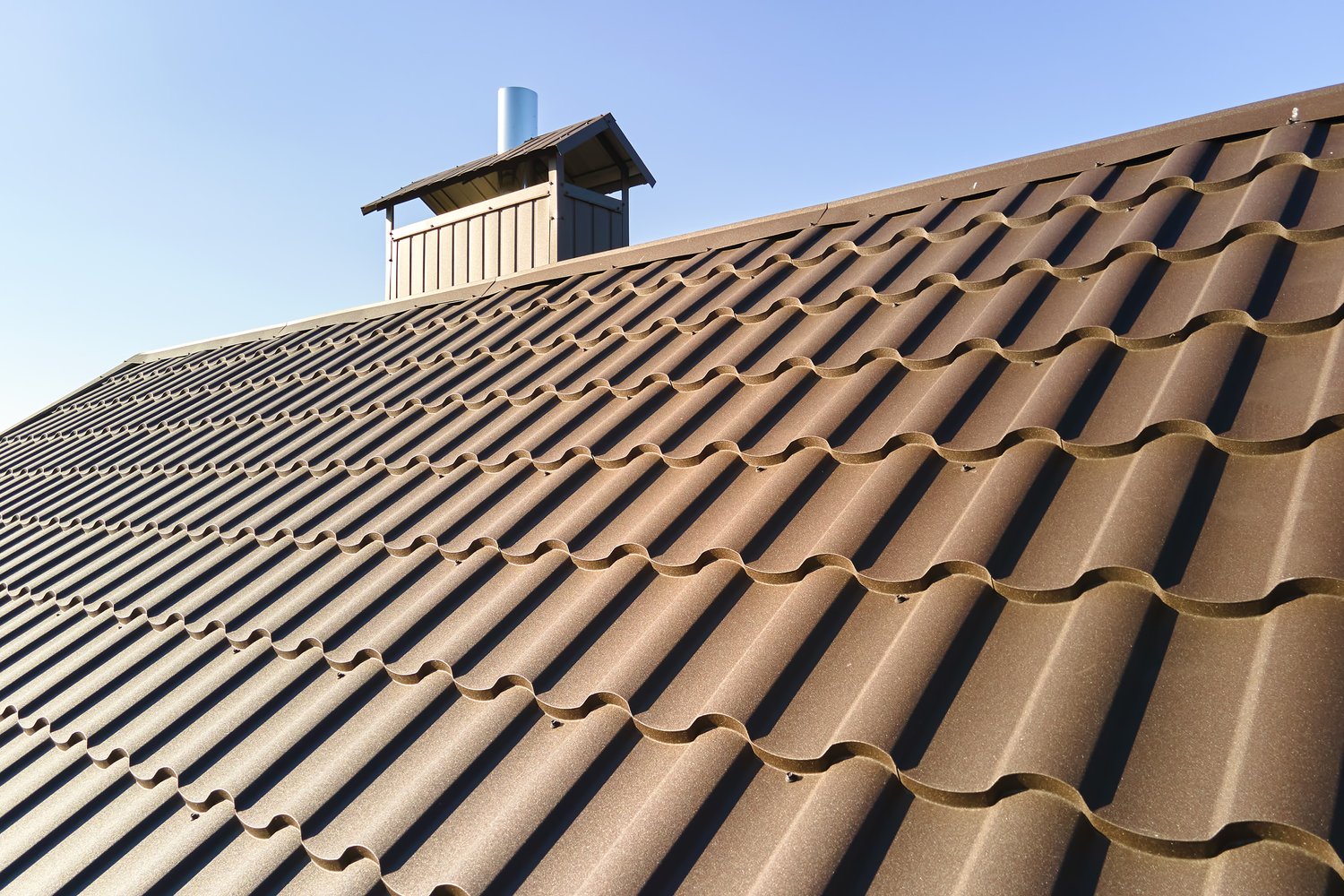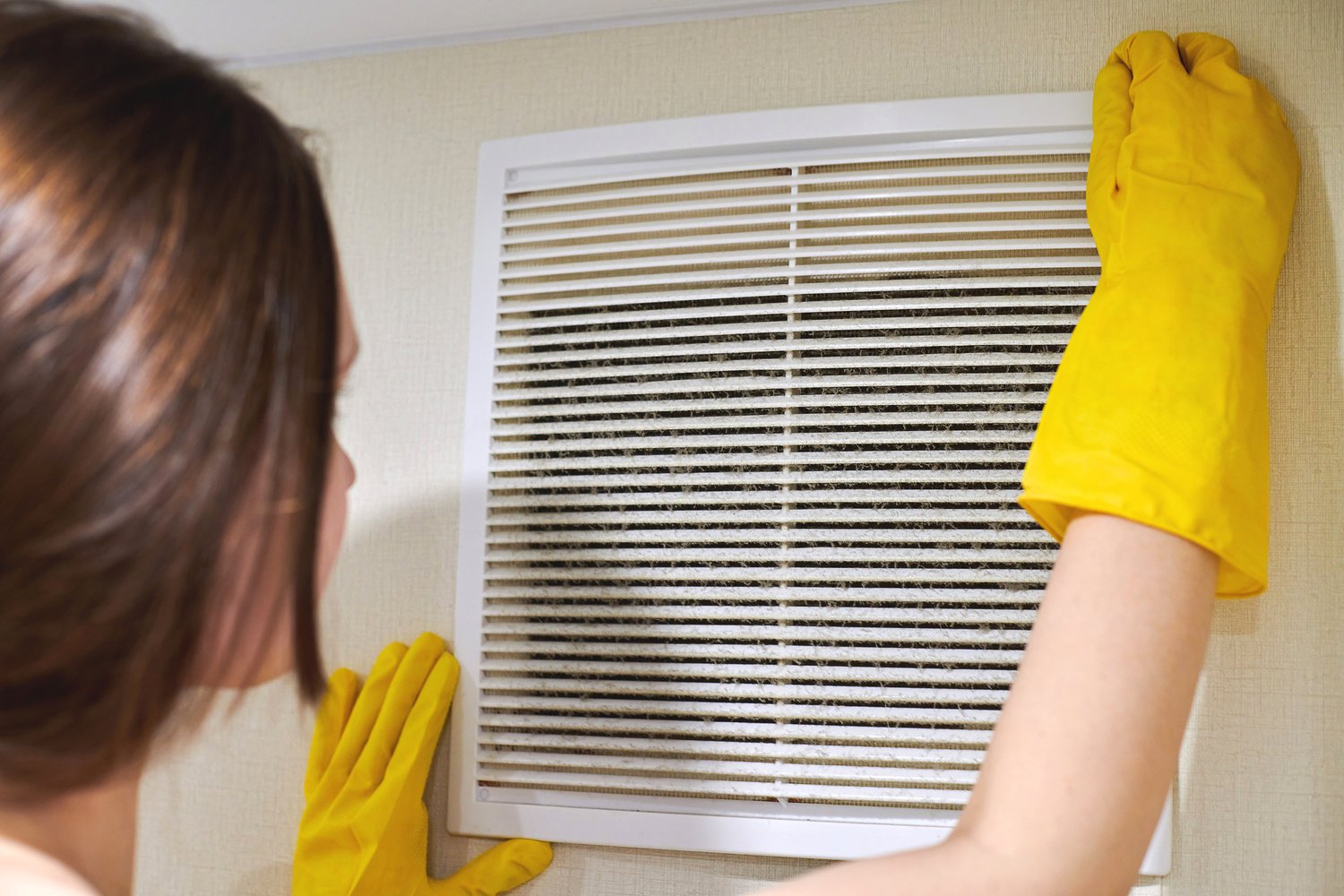Your roof is more than just a protective covering for your home—it’s a critical component in your property’s overall energy efficiency system. Many homeowners don’t realize that their roof’s design, materials, color, and condition significantly impact their utility bills throughout the year. From the scorching summer heat to frigid winter temperatures, your roof works continuously to regulate your home’s internal climate. This article explores the various ways your roof affects energy consumption and how strategic roofing choices can lead to substantial energy savings over time.
The Science Behind Roof Energy Efficiency
The fundamental principle of roof energy efficiency revolves around heat transfer. During summer, your roof absorbs solar radiation, which can significantly raise your home’s interior temperature if not properly managed. In winter, heat from your heating system can escape through an inefficient roof. This continuous battle against nature’s elements directly impacts how hard your HVAC system must work, thereby affecting your utility bills. Research indicates that a roof in poor condition or made with inefficient materials can increase energy costs by up to 30% annually. Understanding this relationship between your roof and energy consumption is the first step toward making informed decisions about roofing improvements.
How Roofing Materials Impact Energy Consumption
The choice of roofing material significantly influences your home’s energy performance. Traditional asphalt shingles, while common and affordable, typically absorb more heat than energy efficient roofing materials such as metal, tile, or slate. Metal roofing, for instance, reflects solar radiation rather than absorbing it, potentially reducing cooling costs by 10-25%. Clay and concrete tiles create natural insulation through their shape and material properties. Additionally, newer composite materials designed specifically for energy efficiency offer excellent thermal performance while maintaining aesthetic appeal. When selecting roofing materials, consider both initial costs and long-term energy savings, as premium materials often pay for themselves through reduced utility bills over their lifespan.
The Impact of Roof Color on Temperature Regulation
Roof color plays a surprisingly significant role in how roof affects utility bills. Dark-colored roofs absorb up to 90% of solar radiation, converting it to heat that transfers into your home. In contrast, lighter-colored roofs can reflect up to 80% of solar energy, significantly reducing cooling needs. This principle has led to the development of “cool roofs” – roofing systems specifically designed to reflect more sunlight and absorb less heat. Studies show that cool roof energy savings can reduce peak cooling demands by 10-15% in hot climates. Even in moderate climates, the cumulative effect of a cooler roof surface temperature can translate to meaningful energy savings throughout the year while reducing the urban heat island effect in densely populated areas.
Ventilation: The Often Overlooked Energy Factor
Proper roof ventilation works hand-in-hand with insulation to create an energy-efficient system. Without adequate ventilation, heat and moisture become trapped in your attic space, forcing your air conditioning to work harder during summer months. In winter, trapped moisture can condense, potentially damaging insulation and reducing its effectiveness. A well-designed ventilation system creates a continuous airflow that regulates temperature and humidity levels in your attic space. This balanced approach ensures that your attic insulation roof performance remains optimal year-round. Professional roofers available through AskHomey can assess your current ventilation system and recommend improvements that align with your specific climate conditions and home design.
Insulation: Maximizing Your Roof’s Efficiency Potential
Attic insulation forms the critical barrier between your living space and your roof. Insufficient or deteriorated insulation allows easy transfer of heat—in during summer and out during winter—directly affecting your comfort and energy bills. The Department of Energy estimates that proper insulation can reduce heating and cooling costs by up to 20%. When evaluating attic insulation roof performance, consider both the R-value (thermal resistance) and the installation quality. Gaps, compressed areas, or moisture damage can significantly reduce insulation effectiveness. Modern insulation options include traditional fiberglass batts, blown-in cellulose, spray foam, and radiant barriers, each offering different benefits depending on your climate and roof configuration.
Long-Term Benefits of an Energy Efficient Roof
Investing in roof energy efficiency delivers benefits beyond monthly utility savings. An energy efficient roof can extend your roofing system’s lifespan by reducing thermal stress and preventing premature aging. Additionally, many energy efficient roofing materials require less maintenance over time, further reducing your home’s operating costs. From an environmental perspective, reducing energy consumption directly translates to a smaller carbon footprint. Finally, as energy costs continue to rise and homebuyers become increasingly environmentally conscious, energy efficient roofing can enhance your property’s marketability and value. When considering roof replacement or major repairs, analyzing the long-term energy implications should be a central part of your decision-making process.
For more tips and to connect with reliable home service professionals, follow AskHomey on Facebook and Instagram.



